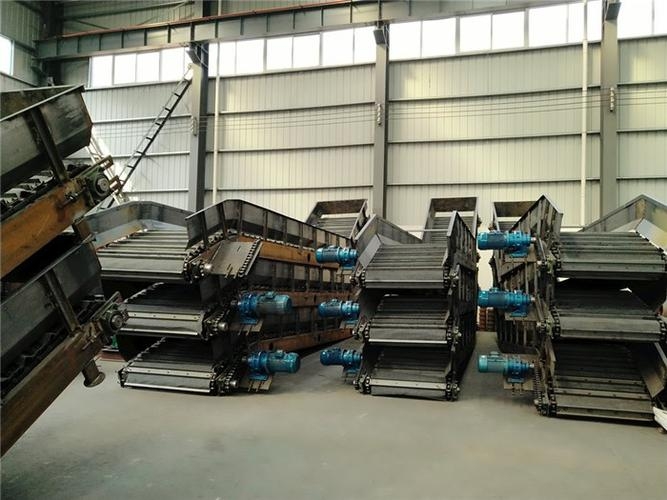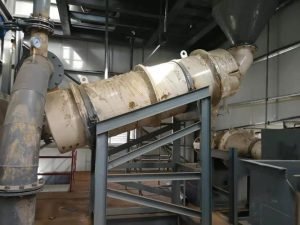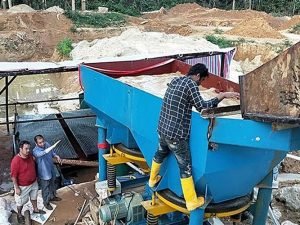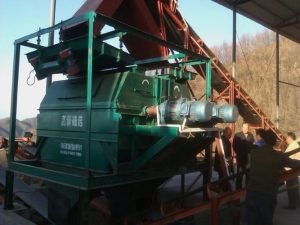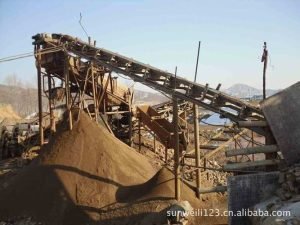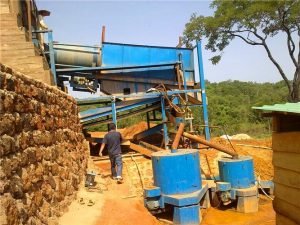Antimony Beneficiation Process
1. Hand Selected
Antimony ore is often produced as coarse monomer crystals or massive aggregate crystals. Due to the large differences in color, luster, and shape between antimony-containing minerals and gangues in antimony ore, it is convenient to hand-select.
To improve the efficiency of manual separation, ore washing should be carried out first to remove sludge impurities. Due to the relatively large volume of the original ore of stibnite, it needs to be crushed to be sorted in the next step.
2. Gravity Separation
Gravity separation is mainly suitable for the antimony oxide ore and coarse-grained stibnite processing, and can also be used for pre-selection and enrichment of antimony sulfide ore before flotation. The common stibnite, yellow antimony, red antimony and antimony are minerals with high density and coarse particle size separated from gangue by gravity separation. Especially for the pre-selection of low-grade antimony ore, it has a very good effect. The main gravity separation equipment used is spiral chute, shaking table, jig concentrator, etc.
3. Flotation Separation
Flotation is applied to fine-grained disseminated antimony sulfide ore. It has high beneficiation index and recovery rate.
- The commonly used single flotation method is suitable for processing single antimony ore.
- The combined gravity separation-flotation method is suitable for treating antimony ore with uneven particle size. For example: tungsten-antimony-gold polymetallic sulfide ore, antimony-arsenic-gold polymetallic sulfide ore, tin-lead-antimony-zinc polymetallic sulfide ore, antimony-lead-zinc-mercury polymetallic sulfide ore and arsenic-antimony-gold polymetallic sulfide ore, etc. The purpose of re-election is to discard a large amount of waste rock and reduce the cost and equipment investment of subsequent flotation.

 Zoneding Mining Machine
Zoneding Mining Machine

